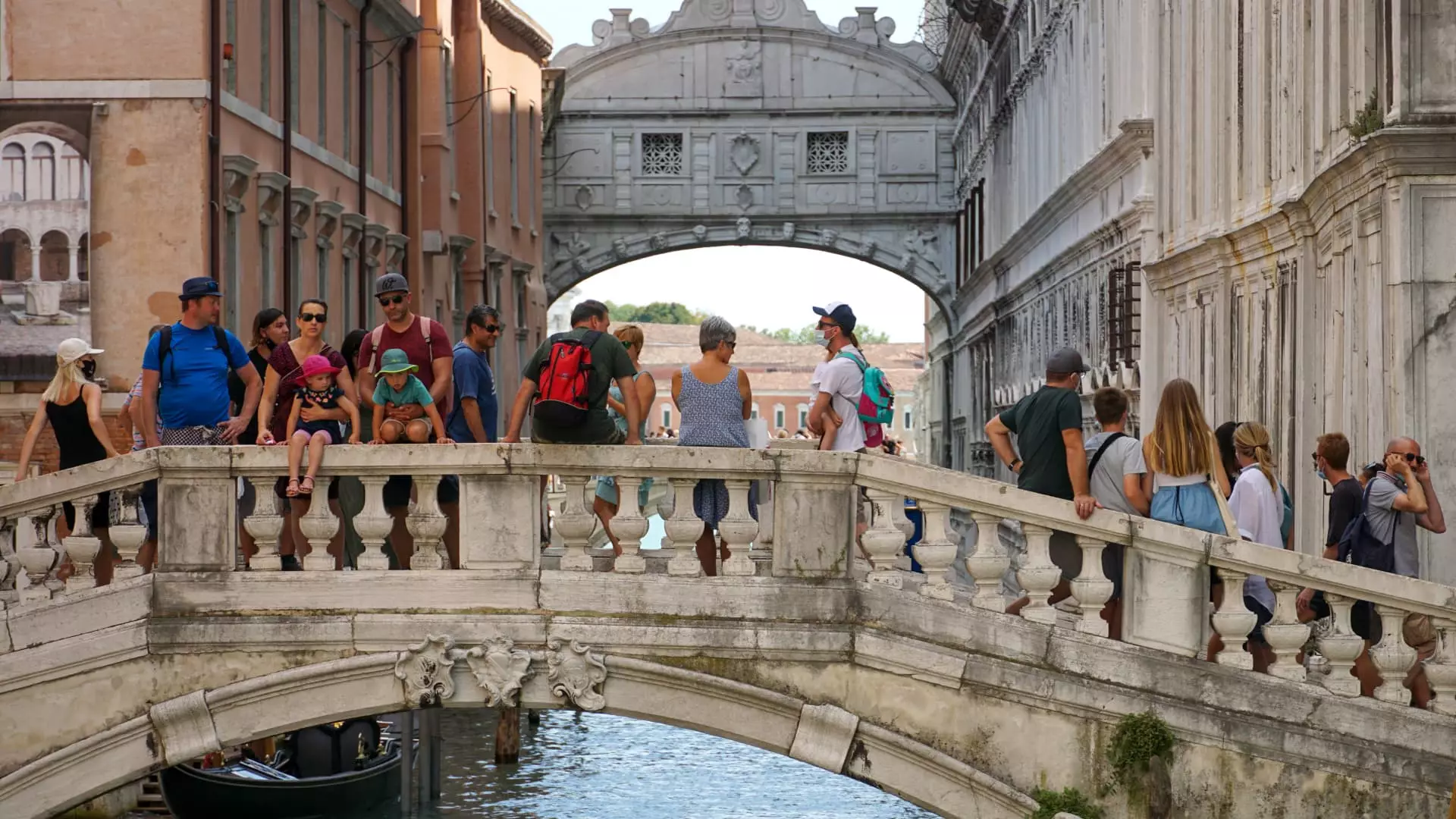As the world slowly emerged from the clutches of the COVID-19 pandemic, travel behavior displayed a striking divergence. The Smith family from Verona, New Jersey, is a case study in this phenomenon. They recently vacationed in Italy, encountering other families from their hometown — a microcosm that reveals a broader trend affecting the U.S. travel industry. Domestic tourism is faltering as more Americans make the leap to international travel. This surge in outbound travel shows a troubling gap: overseas trips are surging while international visitors to the U.S. dwindle. When fellow citizens are choosing to travel abroad in waves, it raises flags about what is happening at home.
Falling Numbers: What’s Behind the Decline?
Recent data indicates a nearly 10% decrease in foreign visitors arriving in the United States compared to figures from last year. As travelers bypass US soil in favor of international destinations, the imbalance becomes glaring. Americans are opting for experiences abroad while global visitors shy away from Uncle Sam’s land due to perceived unwelcomeness, complicated politics, and some alarming trends surrounding tariffs and immigration policy.
The Travel Association projects this shift could deepen the existing $50 billion gap in tourism revenue, a situation exacerbated by various factors, including fluctuating visa regulations and a generally unfavorable perception of the U.S. as a travel destination, especially when compared with culturally rich regions like Europe or Asia. Consequently, as the travel landscape transforms, the $1 trillion U.S. travel industry must grapple with its daunting realities.
The Psychological Impacts of Perception
One could argue that the current administration’s rhetoric and policies have contributed significantly to a perception of unwelcomeness in America. For many potential travelers, the thought of traveling to the U.S. feels layered with uncertainties — from potential detentions to cumbersome entry processes. Samuel Engel of ICF succinctly encapsulates this dilemma: “There’s no question that foreigners are finding the U.S. less welcoming.” This perception may not only deter leisure tourism but could also dampen international business travel, threatening deals and negotiations that multilaterally benefit economies.
Luxury Travel: Who’s Still Going Abroad?
Despite the mixed signals in the travel industry, there’s still a bright spot, particularly among wealthier flight categories. First-class and premium travel remains robust as affluent baby boomers indulge in their travel dreams. The reality is that an increasing number of retirees are choosing to spend their affluent resources on global experiences. This demographic is acutely aware of the time constraints associated with significant international travel opportunities. The result is a rising demand for luxurious experiences that emphasizes quality over quantity, suggesting that while many may be hesitant to visit the U.S., they are still seeking connections with the world.
A Permanent Shift in Travel Preferences?
On the flip side, middle-class Americans, eager to reclaim lost vacation time, are overwhelmingly opting for international trips post-pandemic. Social media plays a formidable role in shaping these trends, with platforms sparking newfound inspiration for travel. The allure of shows like “Emily in Paris” or “The White Lotus” continues to stoke wanderlust, driving families to book trips that serve as celebrations of life’s milestones, such as graduations.
This psychological shift in travel preference indicates that once confined to domestic travel, Americans are increasingly willing to hop on a plane and embrace the allure of distant lands. The implications for the domestic travel industry are significant, leading to cutbacks in internal flight routes as airlines adapt to meet the demands of a new generation of globe-trotters.
What the Future Holds
As the ambitious plans of Americans like Caroline Smith illustrate, the nostalgia for international travel has returned, linking a diverse array of experiences that were sorely missed during the pandemic. Yet, uncertainties loom large for service providers in the U.S. travel industry, struggling to adjust as the ground shifts underfoot. The upcoming year may assist in revealing enduring patterns, but for the time being, the dual challenges of decreasing foreign visitors and the soaring interest in outbound travel create both a poignant and pressing situation for Americans at home.
Inside this complex tapestry, it becomes essential to dissect not just the numbers but also the underlying emotions and perceptions driving these behaviors. The stark contrast between outbound and inbound travel could represent more than a mere statistic; it embodies the essence of America’s evolving relationship with the world, and we must navigate this carefully, understanding that the identity of an influential nation is at stake.

